Introduction
Uchida has been molding and processing composite materials (FRP) since its establishment in 1968. Our business centers on paving new pathways in next-generation mobility and weight reduction through the advancement of CFRP and its distinctive “lightweight, strong, and non-corrosive” characteristics. In this issue, we will discuss CFRP machining from a standpoint.
What is Carbon? Delving into CFRPs
While the term carbon fiber refers to thin strands of carbon, these fiber strands will not retain their form on their own. Thus, they are combined with a resin to retain the shape and maximize its distinct lightweight and strong characteristics.
Composite materials are substances composed of two or more constituents, such as carbon fiber and resin, to yield new functions. Carbon fiber reinforced plastic (CFRP) is the name given to a composite created from carbon fiber and resin.
The composite is named after the type of fiber employed. Carbon fiber composites are named carbon-fiber reinforced plastic (CFRP), glass fiber composites are referred to as GFRP, and aramid fiber composites are called AFRP. The distinctive “lightweight, strong, non-corrosive” qualities of advanced CFRP has opened doorways for leading-edge development in various fields, such as aviation, satellites, automobiles, and sporting and leisure equipment industries. Unlike metals and other isotropic materials, with CFRP, the strength is determined by the orientation of the carbon fibers (anisotropic) and therefore necessitates product-specific material design. The high degree of design versatility, in terms of resin and carbon-fiber constitution and arrangement, means that is volatile and difficult-to-handle without expert technical knowledge of the material and its properties.
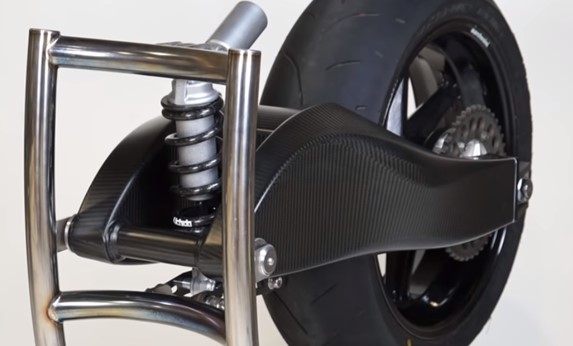
Challenges
Despite its numerous merits, CFRP is still succumbs to various challenges in productivity and cost-efficiency. These include the need for molds, high material costs, and complex production processes.
CFRP Molding Methods
Before delving into CFRP processing, let’s first look at molding methods. There is a wide variety of CFRP molding methods which are selected according to the desired application, shape/form, and production lot.
Autoclave Molding
RTM (Resin Transfer Molding)
Va-RTM (Vacuum Assisted Resin Transfer Molding)
Press Molding
Hand Lay-up Molding
Filament Winding Molding
Sheet Winding Molding
Pultrusion
3D Printer
– At Uchida, we use the fabrication methods shown in red.
Autoclave Molding Method: The Hallmark of High-quality CFRP Product Manufacturing
Despite the extensive range of molding methods, which are selected according to various production lots, applications, and product forms, autoclave molding remains the hallmark method for design versatility and high-quality CFRP fabrication. High-quality CFRP created using the autoclave molding method is known as dry carbon. This method is suitable for prototyping and small-lot production as it does not require expensive metal molds. The diagram below illustrates the production process of CFRP products using the autoclave molding method.
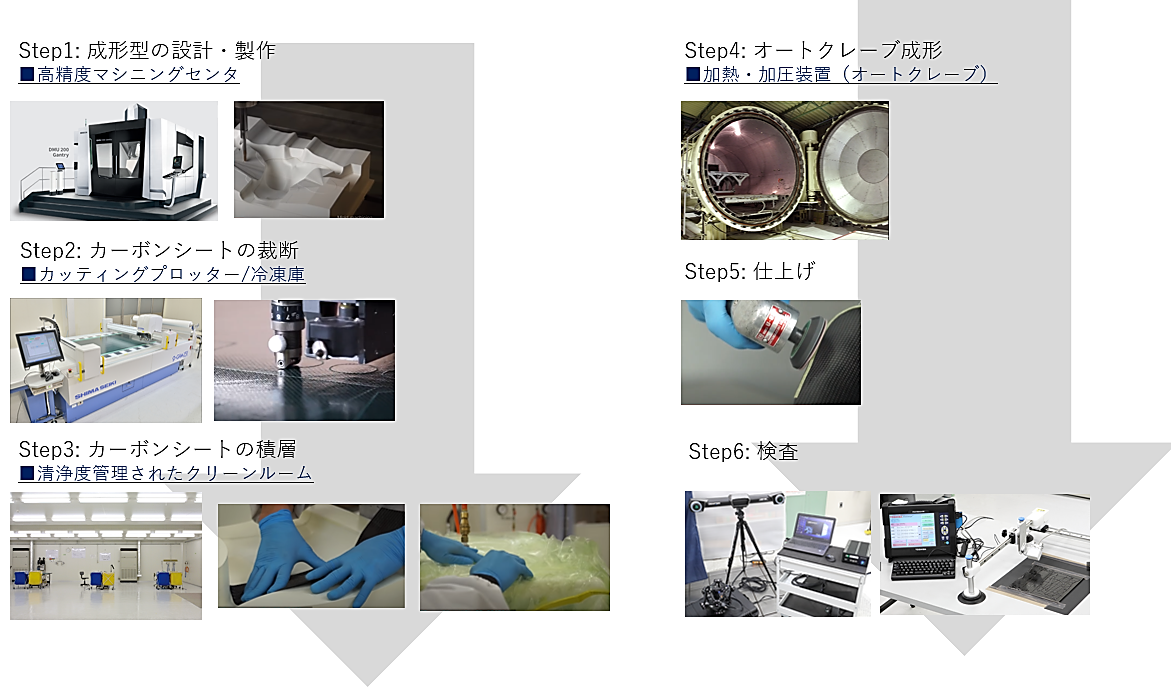
CFRP Processing (CFRP Machining)
There are some important points to note when machining CFRP.
Knowledge of its Anisotropic Structure (Fiber Orientation)
(1)As a review, CFRP is an anisotropic material whose strength depends on the direction of the fibers. Thus, machining requires a specific understanding of the fiber orientation, lamination structure, and properties of the resin used as the matrix. Proper machining paths cannot be created without unique know-how on CFRP (composite material) handling and property variances, such as differences in machining resistance depending on the amount and orientation of the fibers, laminate configuration, or differing thermal properties contingent on the resin.
(2)Dry Processing Prerequisites
Cutting oils are incompatible with CFRP machining due microscopic liquid-absorbing properties of the carbon fibers which soak up and retains the oils if immersed. Although moisture absorption is not visible on the exterior, as any soaked surfaces may delaminate after long-term use of the product, we must exercise caution when handling the material. If using the products in humid environments, we will specially treat the surface with paint or sealant after machining to prevent moisture absorption.
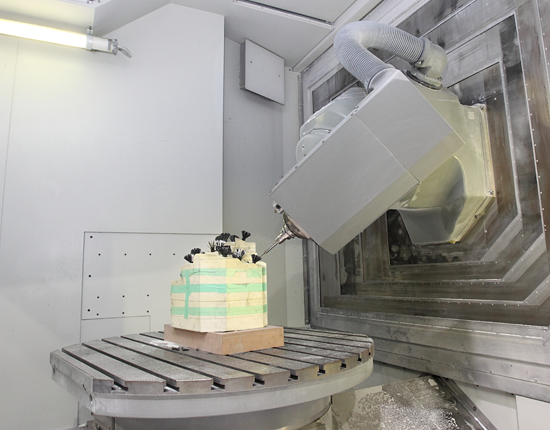
Uchida’s Commitment to Carbon Processing
Uchida Tool and Jig Room
The Jig and Tool Room is the center (department) for CFRP processing. Here we design and manufacture molding dies, inspection or adhesive jigs, and other tools used for CFRP molding in our machining center, alongside secondary processing of CFRP products after molding. At Uchida, we offer one-stop services ranging from design and analysis to mold fabrication, laminate molding, secondary processing, coating, inspection, and testing. And our Jig and Tool Room oversees getting the entire manufacturing process rolling.
Commitment to Molding
For CFRP products, while mold processing is an important and quality-critical process, the most fundamental step is the designing of the mold. The mold determines the quality of the product.
At Uchida, our proficiency in large complex and monolithic molded products combined with extensive experience across diverse fields allows us to accommodate even the most difficult requests. We are further leveraging our strengths in one-stop manufacturing to produce “easy-to-use” molds that cater to downstream or post-processing processes. An easy-to-use mold is designed and processed to best match the production quantity and mold materials, based on an understanding of the product structure, while delivering effortless stacking, marginal temperature irregularities, minimal breakage during handling, and easy handling capacities. The most essential element in molding is an adept understanding of the entire manufacturing process.
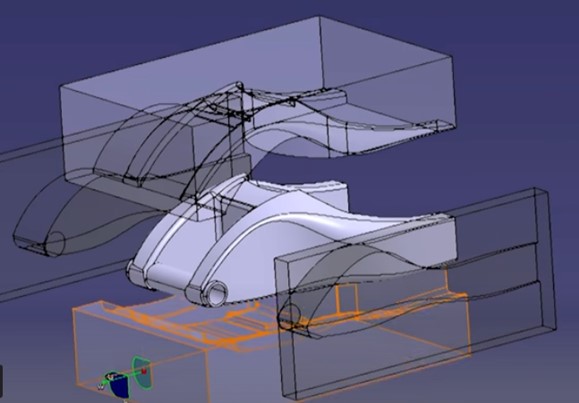
Commitment to CFRP Machining
While we say CFRP machining, the item often employs a different internal material. Many of the CFRP products we manufacture are complex structural items with foam or metal inserts at the time of molding. In machining, we conduct prior investigations for (1) understanding CFRP anisotropy and resin, and (2) CFRP parts composited with metal, to determine the optimal machining method. Even the most complex composite product, such as the above, machine processing is generally performed dry. At Uchida, we possess vast experience in drilling, thread tapping, trimming, and 3D-shape machining, and employ a wide range of tools based on specific knowledge of CFRP’s characteristics.
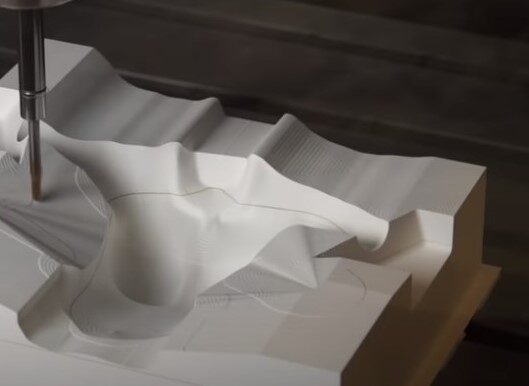
Summary
In this article, we outlined the machining processes starting with an overview of CFRP manufacturing. CFRP processing requires specific knowledge and know-how on CFRP properties, its component structure, and the associated risk factors under varying conditions.
As CFRP processing is generally performed dry, it cannot be done with metalworking machines or machinery that uses cutting oils. If you are considering manufacturing CFRP products, we suggest that you seek a manufacturer that is well-versed in CFRP and has a proven track record in the field.
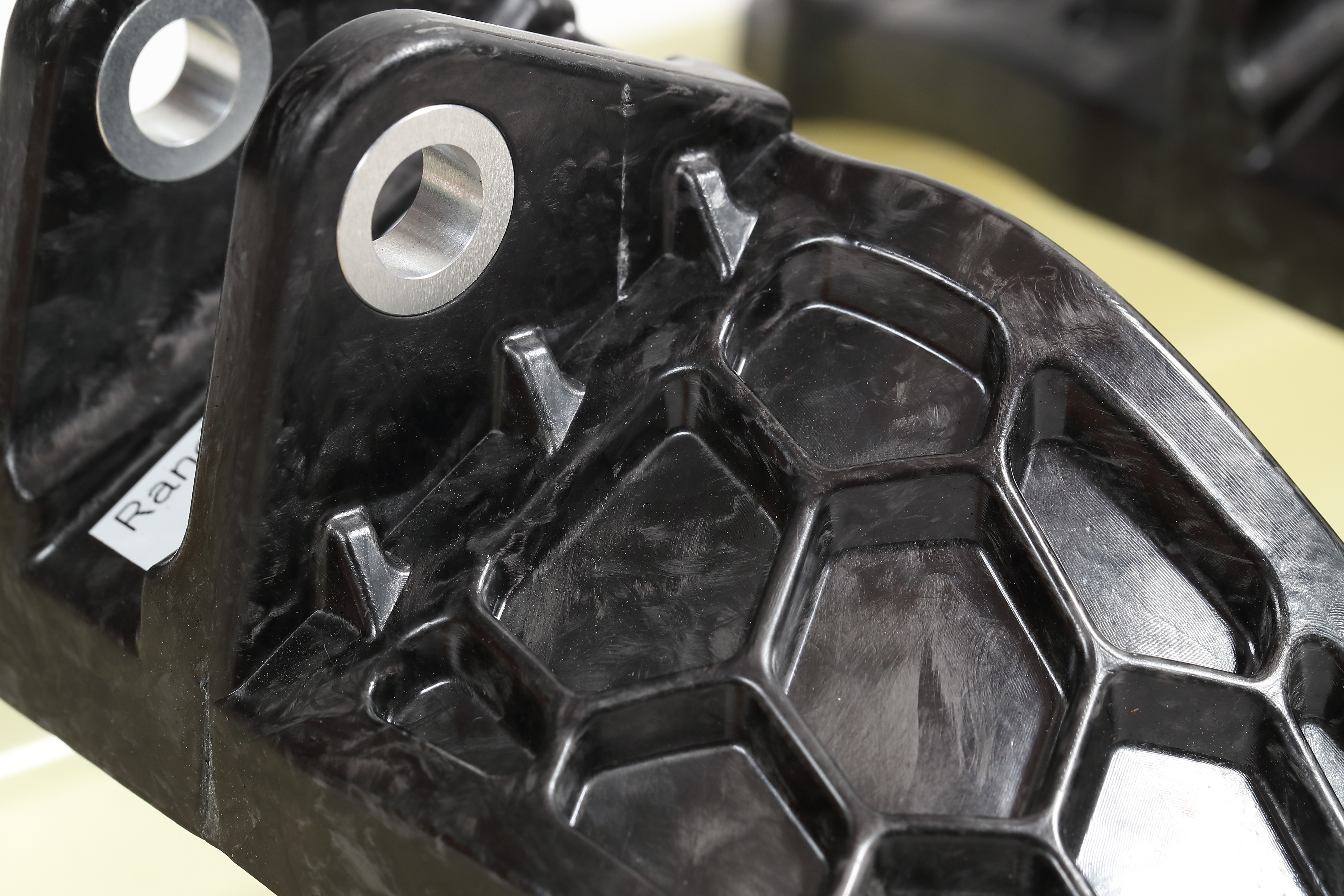
UCHIDA Machining Center
Large, high-precision 5-axis machining center for meeting diverse needs and requests.
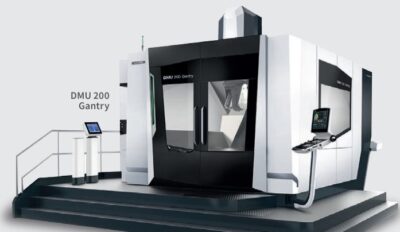
DMG MORI TVCM “Front Runner Vol.46 UCHIDA Co., Ltd.”
https://www.youtube.com/watch?v=ebgadSz_fJ4
Machining Materials: “CFRP/GFRP Composites, Aluminum, Titanium, and Chemical Woods”
- DMG MORI, 5-Axis, M/C DMU 200 Gantry: X2000xY2000xZ1200
- DMG MORI, 5-Axis, M/C DMU 125P: X1250xY1000xZ1000
- DMG MORI, 5-Axis, M/C DMU 100P: X1000xY1000xZ1000
- NEO, 5-Axis, M/C MM4223: X4000xY2000xZ1200
- DMG MORI, 3-Axis, M/C VS10000: X2050xY1000xZ600
Related useful contents
You can explore related content by clicking on a topic of interest.
ABOUT UCHIDA - 55 years since our founding
We leverage a wealth of technical expertise as a CFRP molding and processing manufacturer using FRP, GFRP, and CFRP materials. We offer a one-stop solution, encompassing design, analysis, manufacturing, secondary processing, assembly, painting, quality assurance, and testing.
UCHIDA's equipment
We have cutting-edge equipment to ensure that we can address even the most advanced challenges of our customers.
Video Library
In the following video, we provide a detailed overview of our manufacturing process. Please feel free to watch and learn more.

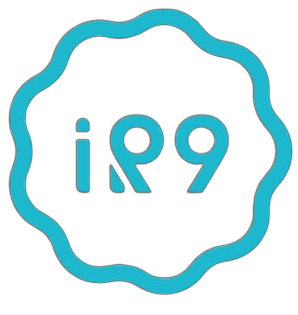
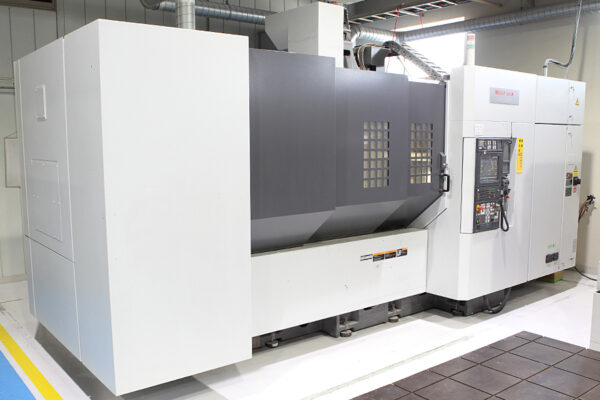
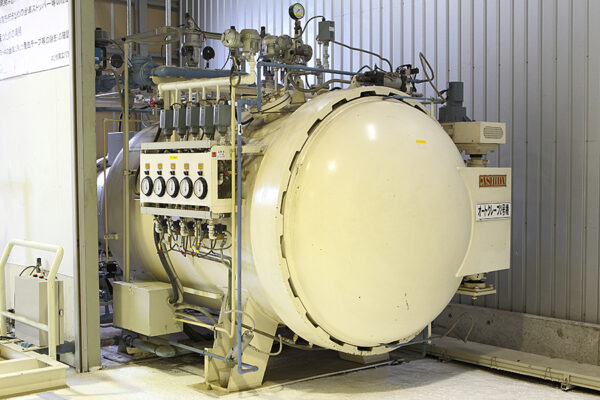
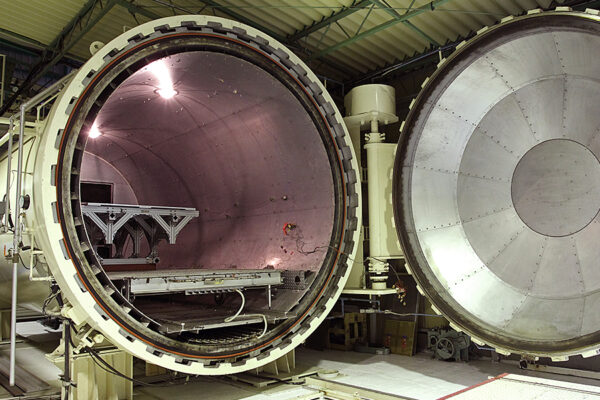
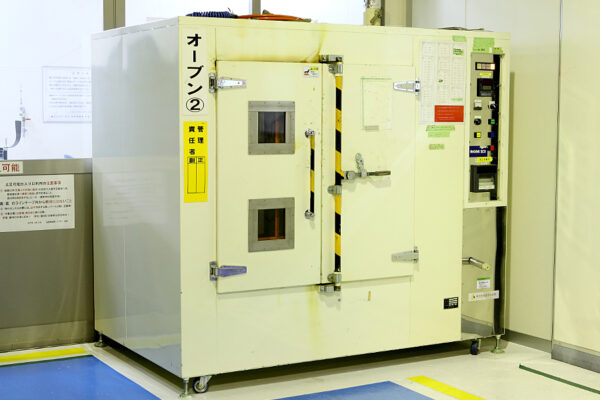
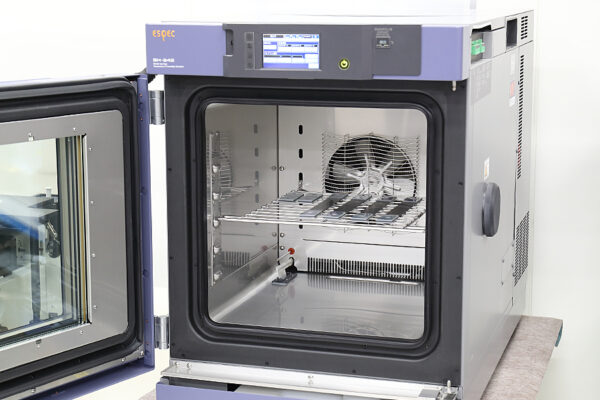
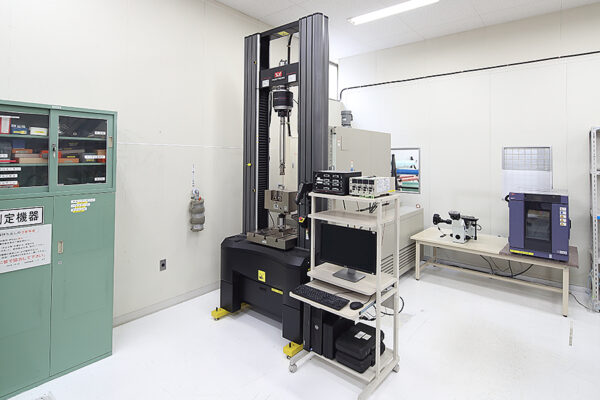
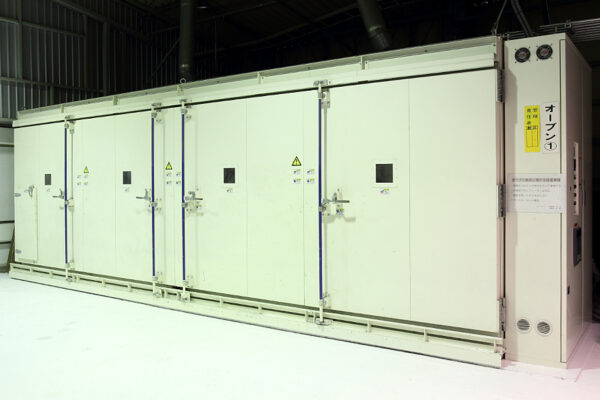
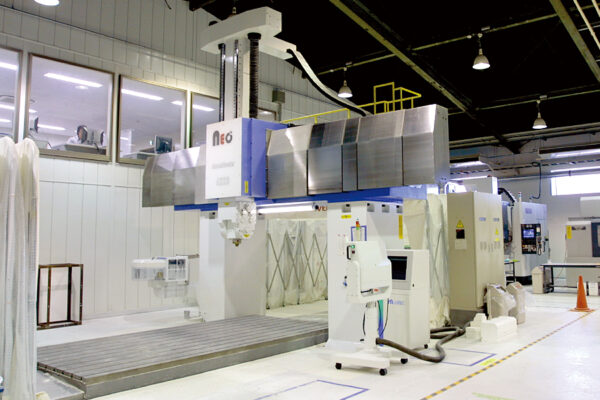
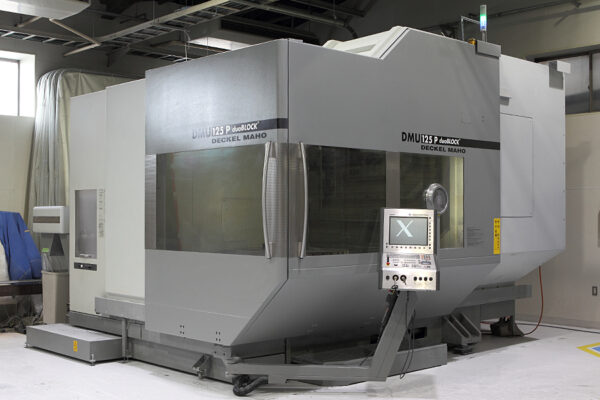
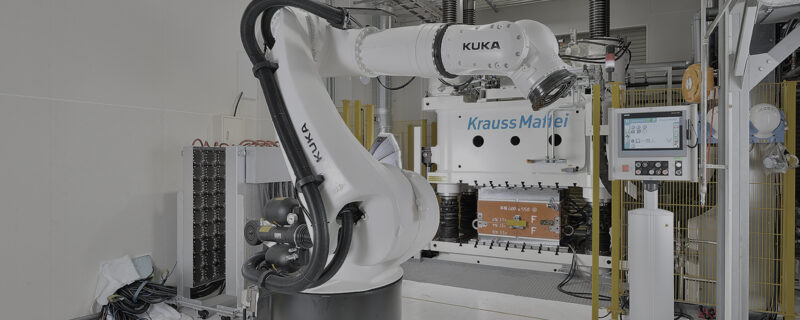
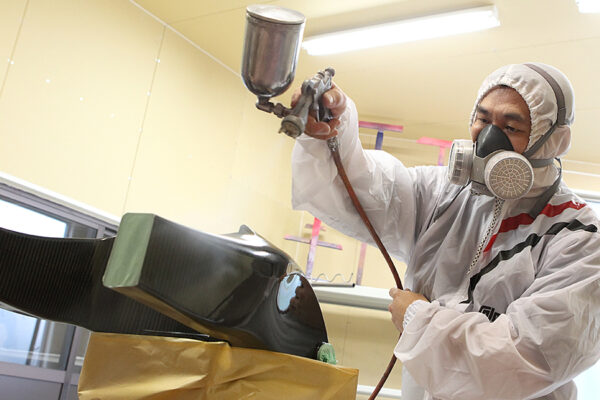
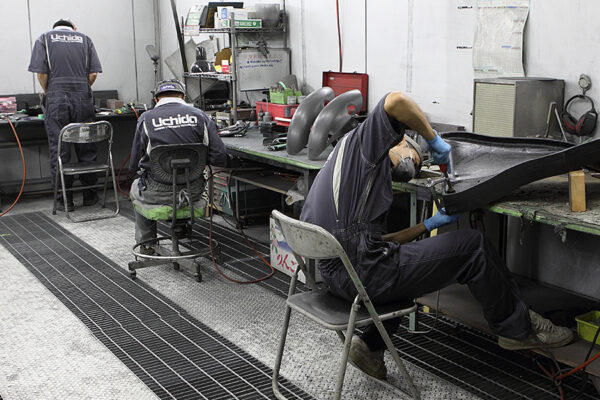
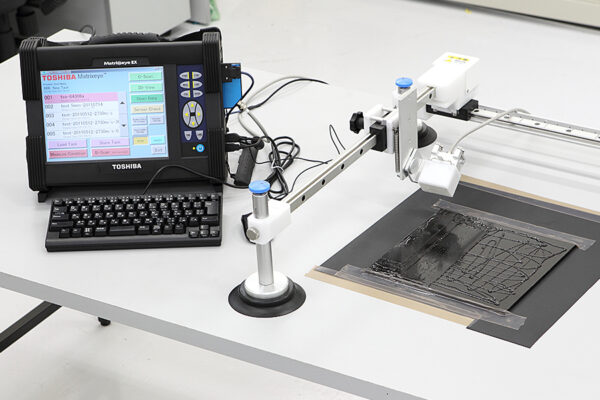
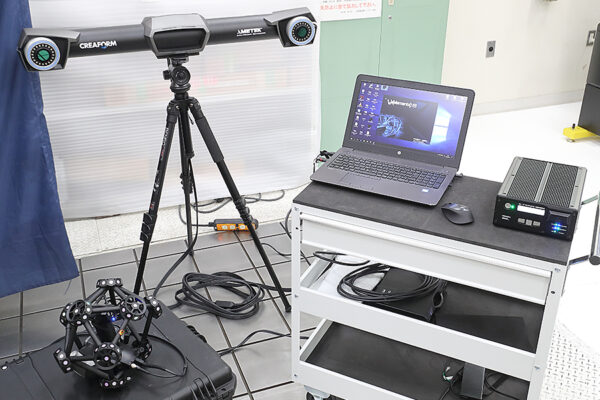
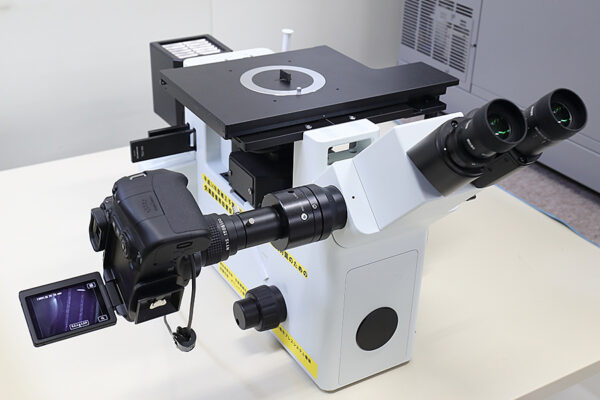
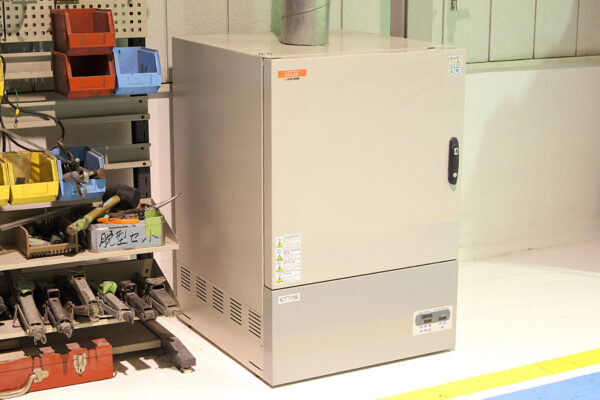
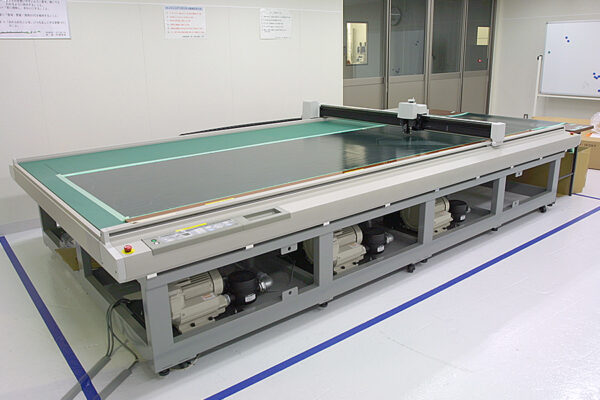
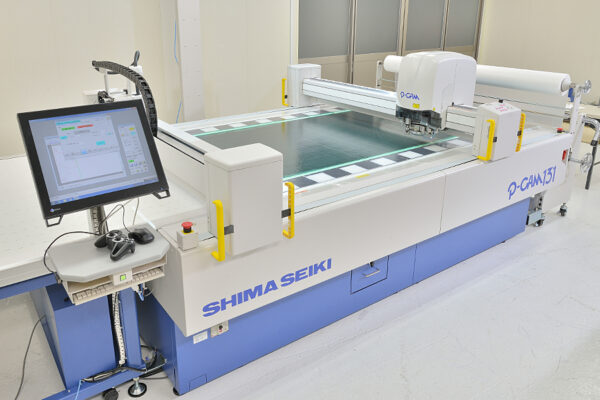
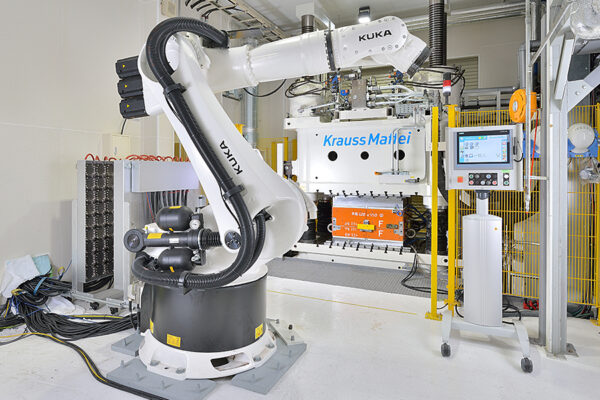
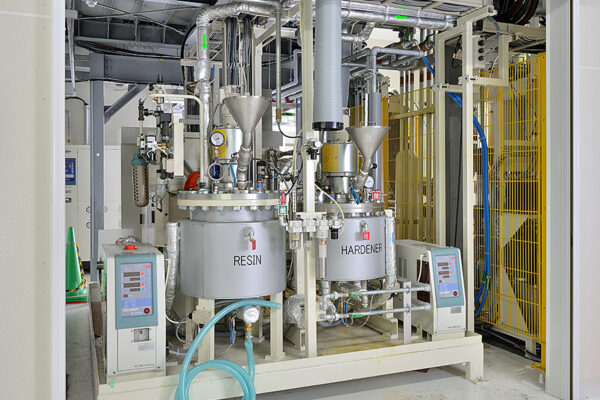
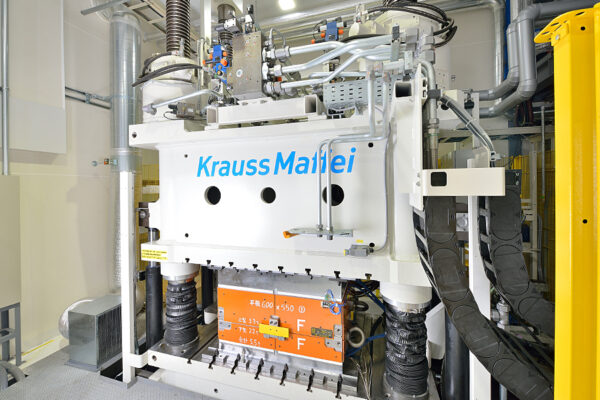
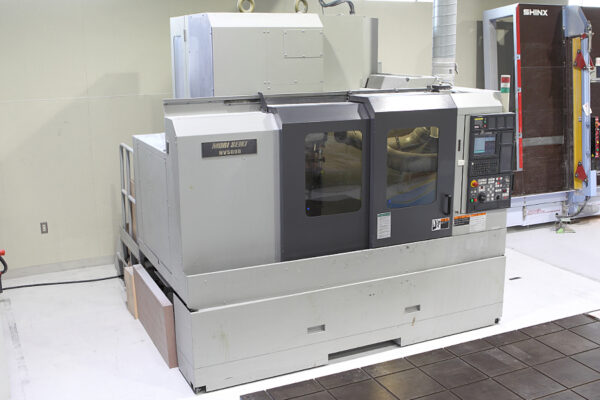
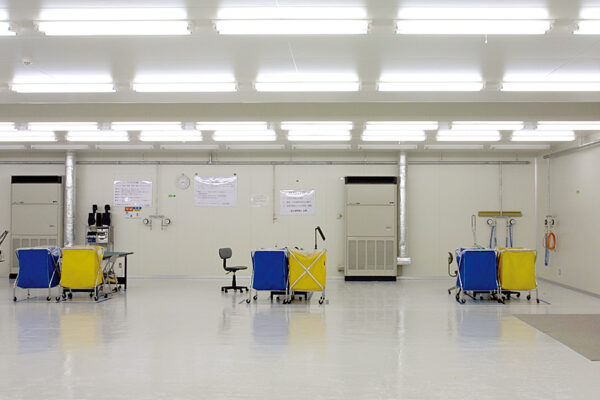
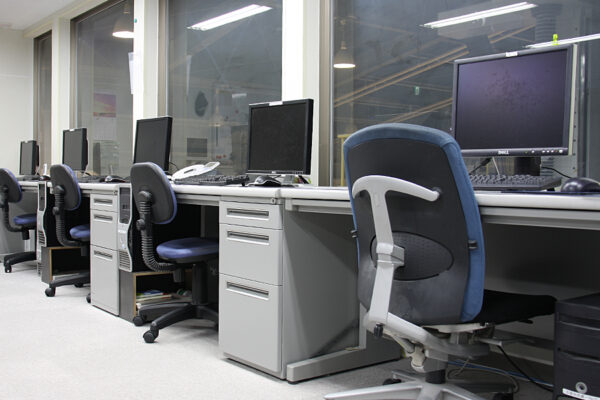
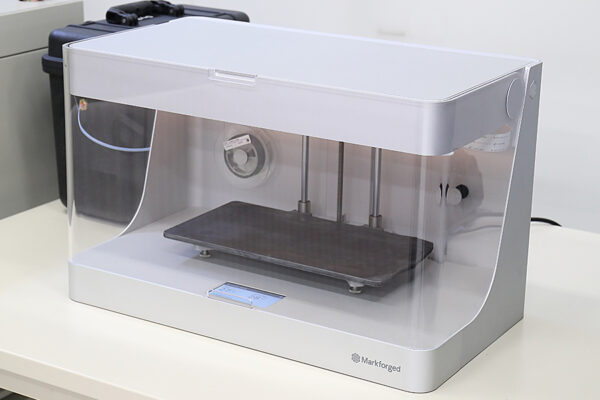
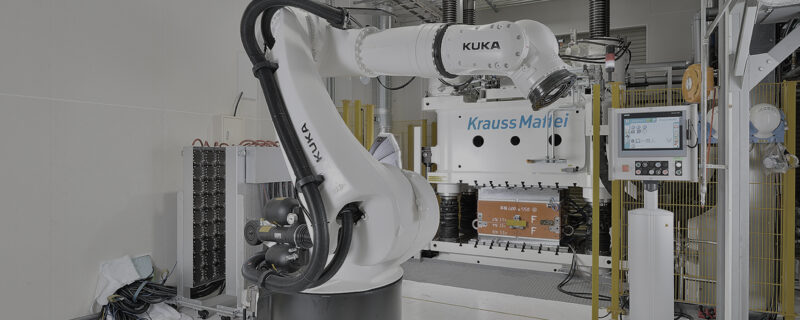

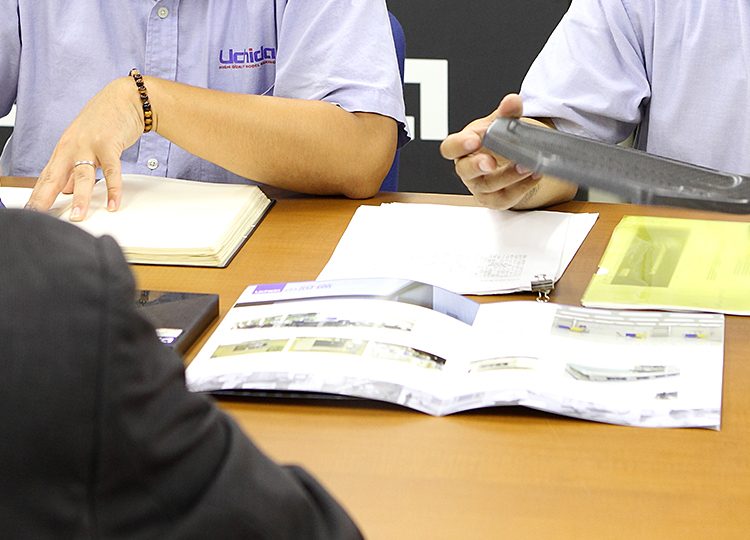
ピンバック: 【コラム】GFRPとは? | 株式会社UCHIDA